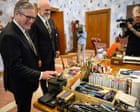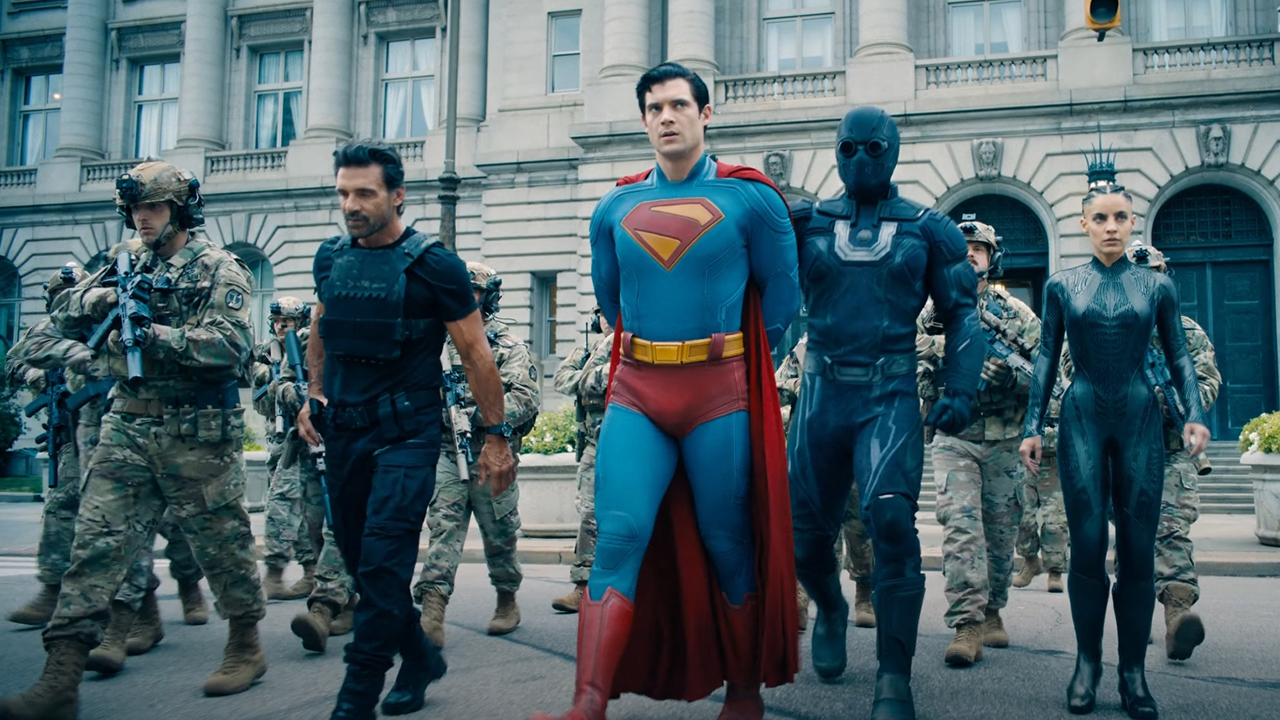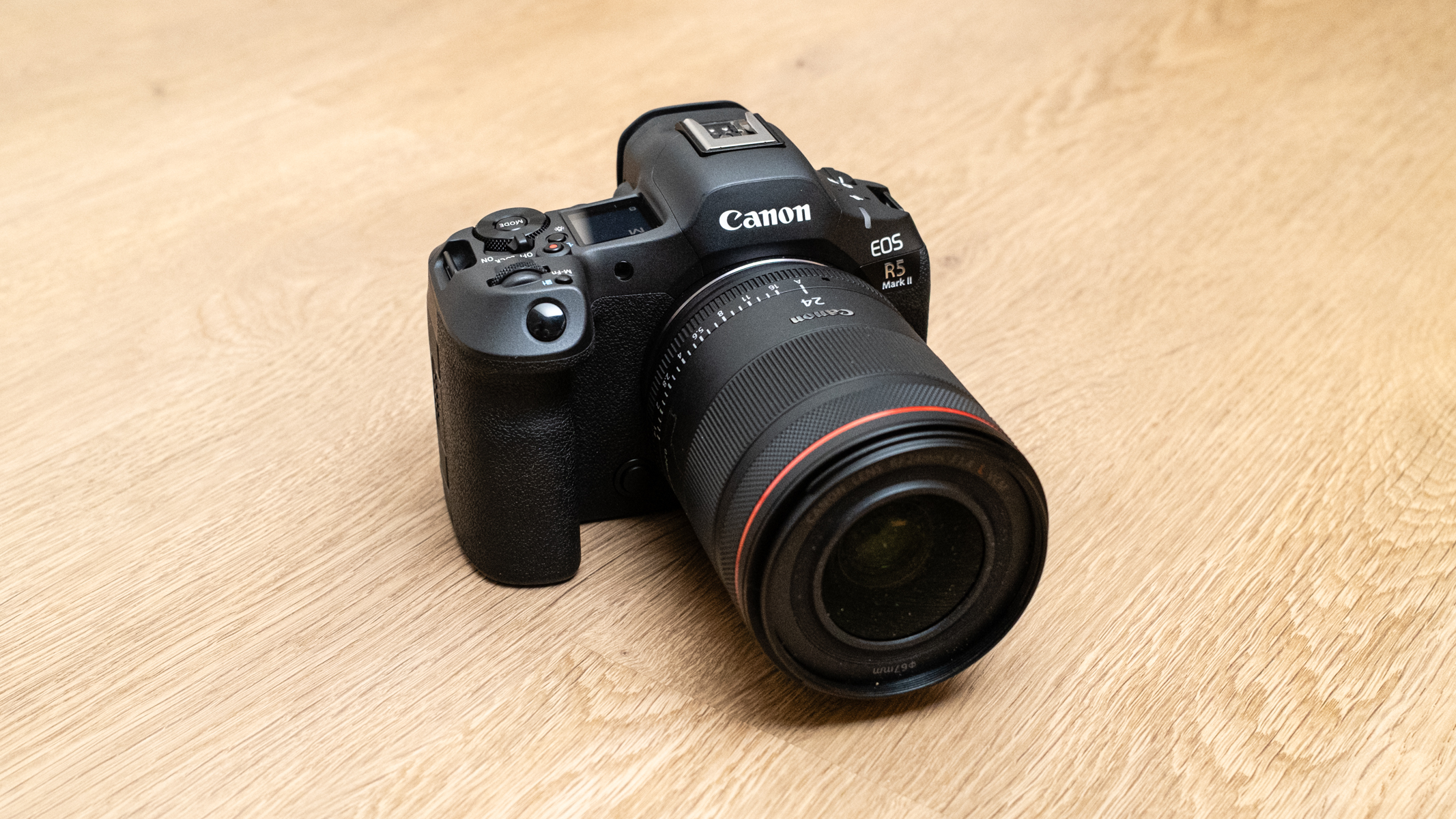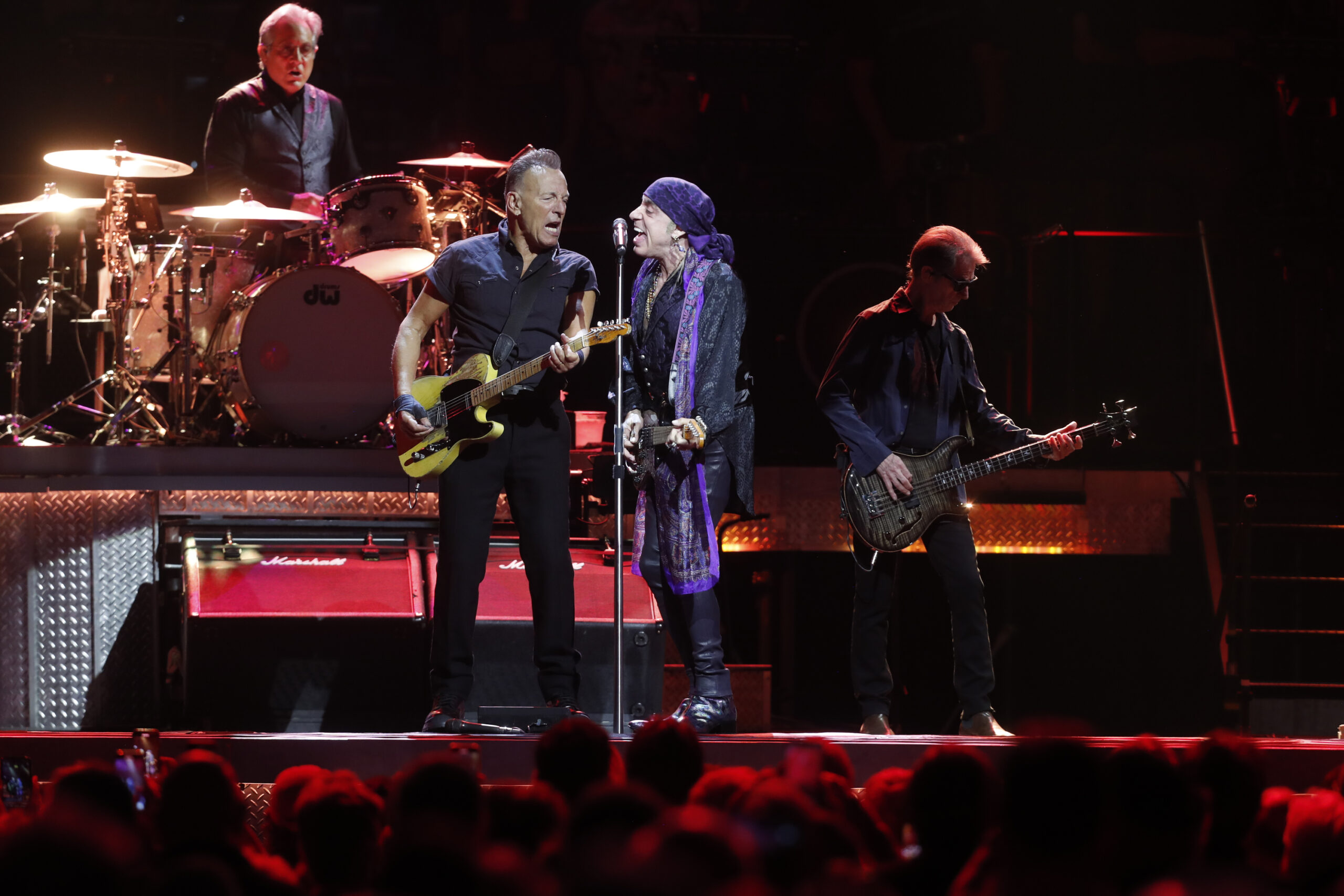Trump picked a fight against Harvard and he's already losing
Most Americans oppose Trump's attacks on colleges and universities, recognizing their value and disapproving of his attempts to exert control over them, with 62 percent of voters supporting federal funding for scientific and medical research at universities.

President Trump and his minions are operating on the assumption that Americans harbor substantial animosity toward colleges and universities. Their premise is importantly wrong.
Our institutions of higher learning are not perfect, and the public doesn’t see them as faultless, but most Americans recognize their immense value and oppose Trump’s attacks on them.
In an AP/NORC poll earlier this month, 14 points more disapproved than approved of Trump’s performance on “issues related to colleges and universities.” Most Americans dislike what Trump is doing to these institutions.
The rest of the data in that poll makes clear why: College costs are a real issue for the public, with 58 percent at least very concerned about tuition prices. In contrast, “liberal bias” is not particularly salient. Just 36 percent claim to be concerned about ideological prejudice in colleges. A similar number, 32 percent, professes a complete lack of concern around liberal bias.
Conservatives have been lambasting the liberalism of colleges and universities at least since William F. Buckley skyrocketed to fame for publishing “God and Man at Yale” in 1951.
It was less true when Buckley wrote and less true 20 years later when Seymour Martin Lipset and Everett Carl Ladd first surveyed the nation’s professoriate, uncovering a liberal plurality, but not quite a majority — 46 percent described themselves as liberal, 27 percent as moderate, and 28 percent as conservative.
In this century, the 2024 FIRE Faculty Survey interviewed 6,269 faculty across 55 four-year U.S. colleges and universities and found 64 percent identified as liberals, 19 percent moderate and 18 percent conservative.
Different schools present somewhat different profiles, ranging from Harvard among the most liberal (73 percent), to Bringham Young University and University of Texas, Dallas where conservatives slightly outnumber liberals.
A survey of Harvard faculty by the student newspaper found a similar 77 percent calling themselves liberal or very liberal, 20 percent moderate and just 3 percent conservative. At Duke, a Chronicle of Higher Education poll revealed 62 percent of the faculty to be liberals, 24 percent moderate and 14 percent conservatives.
Such liberal unanimity understandably makes some people uncomfortable. Just 27 percent of Americans think universities in general do a good job of providing “a respectful and inclusive environment”for conservatives.
Interestingly, students themselves are less clear. According to a Gallup survey of students then enrolled in a four-year college, 74 percent of Democrats and 73 percent of Republicans believe their school did a good job promoting free speech.
Nonetheless, in a country where liberals constitute a distinct minority, the professoriate does not reflect our ideological diversity and apparently never has.
Politically though, it’s key that voters don’t really care so much about liberal bias, oppose the Trump approach in principle and see enormous value in these institutions.
An earlier AP/NORC poll found that only 30 percent would allow state governments to restrict what is taught at state universities funded by those same governments. Sixty-eight percent would prohibit state government from exercising that level of control over their own universities. Allowing the federal government to interfere with private universities is likely to be even less popular.
At the same time, voters do perceive socially redeeming value from colleges and universities.
Seventy percent of adults without a college degree told Gallup they regarded a four-year degree as at least “very valuable,” while 92 percent of college students felt confident a degree would help them get the kind of job they want.
Benefits go beyond personal economic advancement. Nearly two-thirds of American adults believe universities make a positive contribution to scientific and medical research, while 63 percent believe they contribute “new ideas and innovative technology.”
So, it is no surprise that 62 percent favor “maintaining federal funding for scientific and medical research” at universities, while a mere 11 percent are opposed. Only 27 percent favor Trump’s policy of “Withholding federal funding unless [universities] comply with requirements related to the president’s goals.”
A plurality oppose removing tax exemptions from colleges and universities. This issue may be a bit esoteric as a third have no opinion.
Trump apparently perceives Harvard as an object of particular antipathy given his focus on that institution. But in a Washington Post poll, just 32 percent of Americans took Trump’s side in “trying to take a greater role in Harvard University’s hiring of faculty, admission of students, and operation of its academic programs.” Sixty-six percent sided with Harvard which “says this intrudes on its freedom as a private university.”
Further evidence comes from a YouGov poll which found just 35 percent approve of the “the Trump administration…trying to take a greater role in Harvard University’s hiring of faculty, admission of students, and operation of its academic programs.” Half disapprove.
Historically, Trump has proven politically adept in choosing his antagonists. Perhaps not this time.
Mellman is president of The Mellman Group a consultancy that has helped elect 30 U.S. senators, 12 governors and dozens of House members. Mellman served as pollster to Senate Democratic leaders for over 30 years and is a member of the American Association of Political Consultants’ Hall of Fame. He holds degrees from Princeton and Yale.



















![[DEALS] The 2025 Ultimate GenAI Masterclass Bundle (87% off) & Other Deals Up To 98% Off – Offers End Soon!](https://www.javacodegeeks.com/wp-content/uploads/2012/12/jcg-logo.jpg)



-Olekcii_Mach_Alamy.jpg?width=1280&auto=webp&quality=80&disable=upscale#)























![Air Traffic Controller Claps Back At United CEO Scott Kirby: ‘You’re The Problem At Newark’ [Roundup]](https://viewfromthewing.com/wp-content/uploads/2025/05/scott-kirby-on-stage.jpg?#)

































